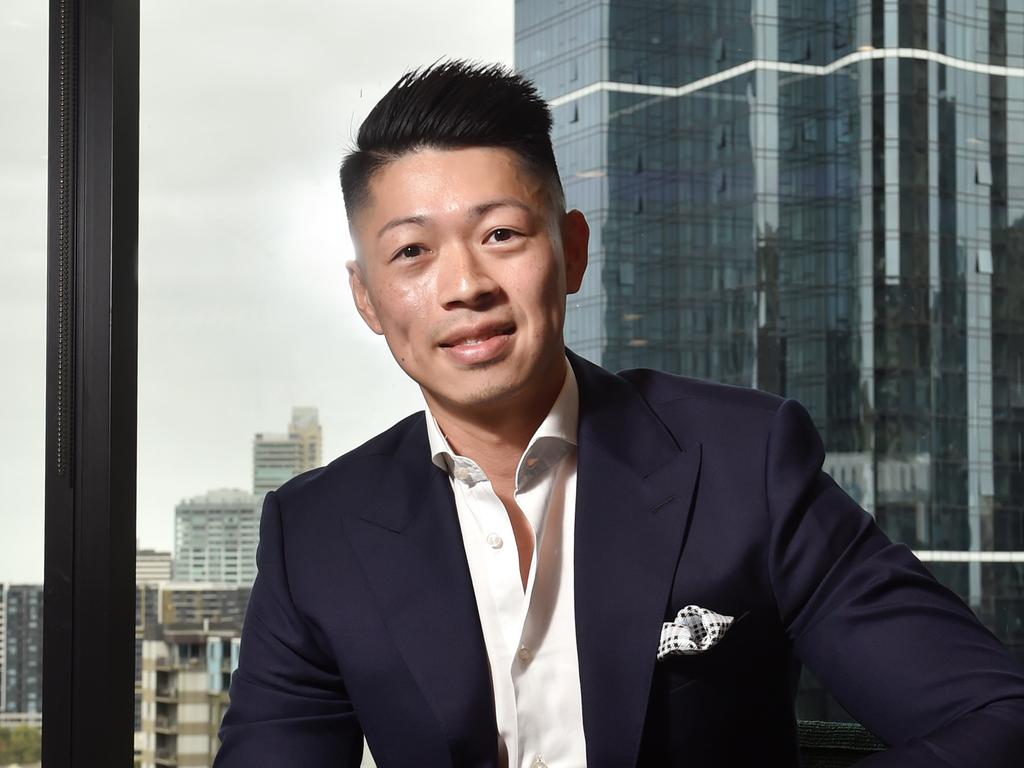Legal Partnership Survey: Diversity in law firms goes beyond the advancement of women
Women led the way in forcing law firm cultural change. Now other diversity groups must be supported to make gains.

Women in law firms have made important ground in the past two decades, and although there is a long way to go – women are 31.9 per cent of partners in firms in The Australian Legal Partnership Survey, and 27.48 per cent of equity partners – their push for leadership has opened the doors to further diversification.
“As more female leaders come into those firms, the culture is changing,” longtime diversity and inclusion advocate and partner at Herbert Smith Freehills, Juliana Warner said. “This does break down barriers.”
Diversity and inclusion committees and initiatives are now commonplace, as law firms have come to accept the business case for pluralism.
Ms Warner said that over the next few years the workforce demands would include an expectation of more diverse leaders at the top of organisations, as well as more flexibility, and clever use of technology.
“I think also the current generation of lawyers don’t come in thinking they’re going to be in the same organisation for the term of their career. You’ve got to be attractive as a workplace, able to recruit and keep the best and brightest and can’t lose them because you’ve failed to adapt,” Ms Warner said.
The range of factors grouped under diversity includes culture, religion and race – including Indigenous – gender, disability, age and more.
Diversity Council Australia (DCA) chief executive officer Lisa Annese said an intersectional approach was important.
“When we look at who’s been excluded in leadership, it hasn’t just been women,” Ms Annese said.
“It’s been anyone who deviated from the dominant culture.” Some people faced the “double jeopardy” of fitting into two diversity categories such as women of racially diverse backgrounds who still struggled to achieve the same outcomes as women from Anglo-Celtic backgrounds.
Ms Warner said being more diverse could make the workplace more complex but also gave the industry more talent and skills to work with.
“You might see some different personality styles or different ways of thinking about complex problems, different ways of interacting with clients, and you’ve got to be attuned to the talent in front of you and promote that talent so that you are finally tapping into the full talent pool, not just a small part of it.”

It is hard to track neat data on this, but there is enough to tell the story. For example, the 2020 national profile of solicitors for the Law Society of NSW showed about 0.8 per cent of solicitors identified as Indigenous. This compares to 3.3 per cent of the general population, according to Australian Bureau of Statistics 2016 data. The DCA’s Inclusion at Work Index for 2021-22 has a professional, scientific and technical services category which includes law, and showed 4.9 per cent of workers with disabilities. This compared to 18 per cent of the general population, according to ABS 2019 data.
According to Ms Warner six per cent of lawyers in NSW reported having a disability of some kind in the most recent annual survey attached to practising certificate renewals. “That’s one of the reasons why the (society’s) diversity and inclusion committee looked at how to make workplaces more disability friendly and accessible,” she said.
One of the fastest growing areas is the push to improve the experience of the gender diverse part of the workforce.
In a 2018 joint Lawyers Weekly and Thomson Reuters survey of 653 lawyers, 23 per cent identified as gender diverse.
“You’d be hard pressed to find a major law firm that didn’t have a pride focus on LGBTQI+ people,” Ms Annese said. “Now, whether that’s about representation or just about connection is a question for each law firm.”
Ms Warner said that, like other workers, people who identified as LGBTQI+ “should be able to bring their whole selves to work and you shouldn’t feel in any way constrained about hiding something that is a key part of you”.
The DCA reports that if a workplace is not inclusive, workers are 10 times less likely to innovate, six times less likely to be highly effective, four times more likely to report experiencing discrimination and/or harassment at work, and 3.5 times more likely to leave their current employer.
Ms Annese stressed the importance and positive outcomes of having inclusive workplaces.
“We know from our inclusion work index that if you have diverse lived experiences and different identities represented in your leadership team and your workplace is inclusive, your workplace then becomes more innovative.”
“People give more discretionary effort. It reduces risk because problems are approached in a complex way, and it creates more safety,” she said. “As long as the organisation does it effectively, because you can’t be naive: the more diverse you get, the more complex the workplace becomes.”





To join the conversation, please log in. Don't have an account? Register
Join the conversation, you are commenting as Logout